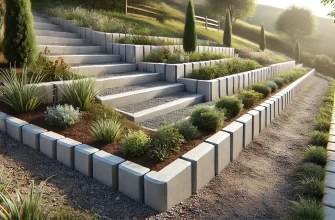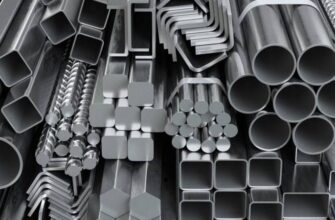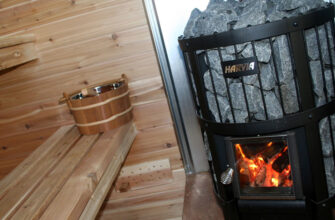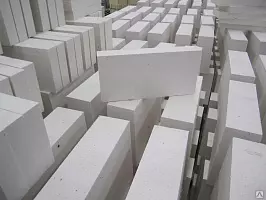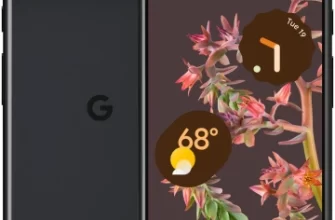Glass fiber is an environmentally friendly, hypoallergenic, non-flammable extremely durable finishing material, which is used for pasting walls and ceilings.
Characteristics of glass fiber
Glass fiber is characterized by mixed properties: fabrics and glass. Because of this, they can “breathe” and improve indoor climate. And due to the lack of a nutrient medium for bacteria, the possibility of the development of fungus and mold is excluded. Another important advantage – dust and static electricity do not accumulate on the glass surface.

When buying, consider an important point: sellers who want to save money most often offer economy class rolls, as well as second-rate glass. It's very easy to tell them apart. – canvas length non-standard.
About reinforcing properties.
Over the years, at least thin cracks appear in the plaster of any building.. They don't move on, their number is growing very slowly, but the appearance of the room deteriorates immediately. reasons, which lead to this. Most often this is the natural shrinkage of the building., as well as repeated heating and cooling of the walls during operation.
Glass fiber (fiberglass)- unique reinforcing material, which hides existing cracks, and prevents the emergence of new. Of course, To achieve this effect, you need to properly prepare the surface, and most importantly – seams between boards. If done right, then you get a perfectly flat surface.
Service life and features of glass fiber operation.
It's hard to believe, but fiberglass can serve 30-35 years old. Naturally, all depends on, what glue and paints were used when working with them, on the frequency of washing, etc..
It is possible to repaint glass wall papers for approx. 20 time. That is, as soon as you get bored with the appearance of the walls, you can repaint them within one day..
How to prepare glass wallpaper for gluing on the ceiling.
Like the walls, ceilings need to be cleaned of dirt, dust, peeling plaster. If the surface is porous, then it needs to be treated with a primer, and deep cracks and cracks are sealed with putty.
Small cracks can be ignored, tk. in any case they will be hidden without a trace, and they can't be seen.
Otherwise, the gluing technology does not differ from working with walls.. Separate strips are glued end to end. Well, in order to easily adjust the drawing, it is enough to have allowances in stock in 3-5 cm (the excess is cut off). How to glue glass wallpaper, see the video for this article.
